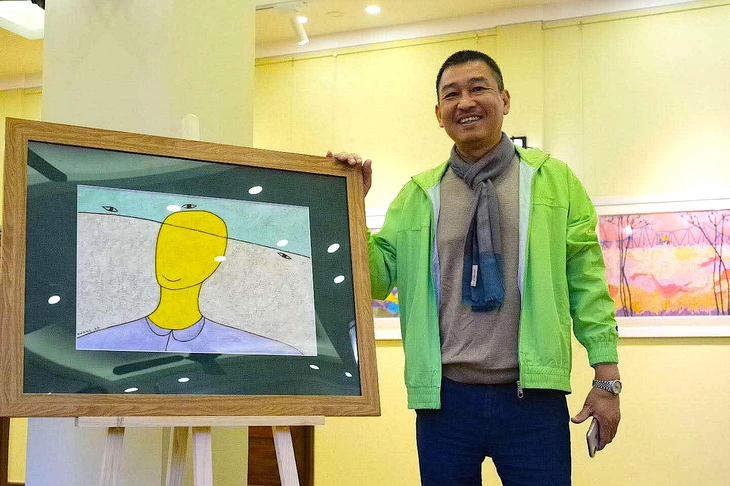
Le Thiet Cuong in Da Lat, taken on August 9, 2022 - Photo: HOAI LINH
The news of Le Thiet Cuong's death on the evening of July 17 at his home in Hanoi at the age of 63, after a long battle with cancer, caused artists across the country, not only painters but also talented people from literature, cinema, theater, music ..., to express their condolences to a talented and generous person.
Le Thiet Cuong: The man who "eats himself" to paint
When Le Thiet Cuong first debuted in the early 1990s at the Vietnam Fine Arts Association's exhibition on Ngo Quyen Street, his paintings with only a few colors and minimalist shapes on cheap materials of the poor times, such as gouache on bamboo screen and Do paper, immediately made Le Thiet Cuong recognizable.
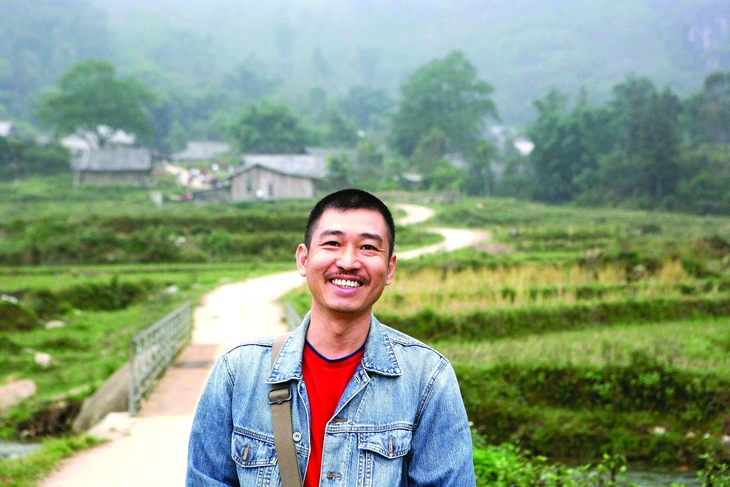
Le Thiet Cuong is a famous painter, but the position he has established in life is much broader than that. He is also a person who is closely associated with Tuoi Tre both as a writer and a painter.
Just entering the professional painting field, Le Thiet Cuong found his "fingerprint", as he calls it, in minimalist painting. And all his life, Le Thiet Cuong has been loyal to that one path, a separate path in the field of Vietnamese painting.
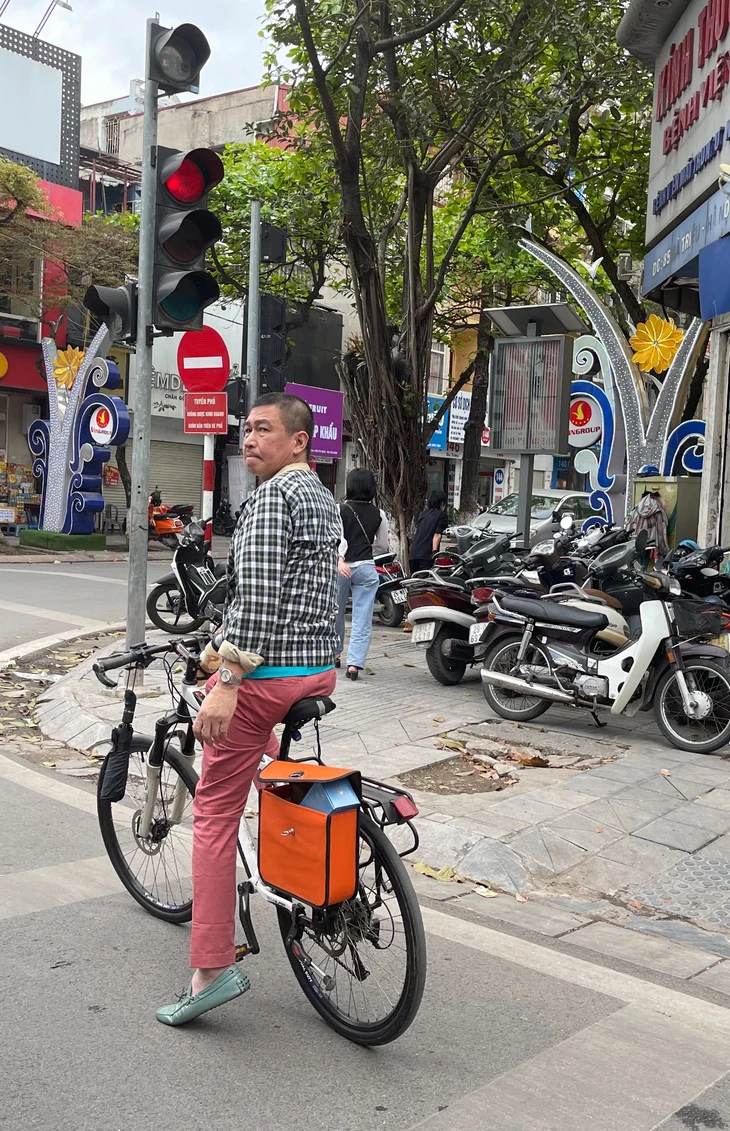
Neighbors often see a man dressed very fashionably, riding a bicycle leisurely through small alleys and streets. That is Le Thiet Cuong - Photo: Facebook of the Writers Association Publishing House
Le Thiet Cuong's minimalist paintings, at first glance, seem to have nothing, but many people see them as actually containing many thoughts and feelings of a multi-faceted, multi-faceted person.
Critic Phan Cam Thuong recalled that right from the first exhibition with Dao Hai Phong around 1990, Le Thiet Cuong pursued a minimalist style, painting on paper-backed canvas. The paintings had only a few strokes and a few colors: light blue, white, and yellow.
Later, when he became successful, Le Thiet Cuong painted on many materials such as oil, lacquer, ceramics and book illustrations. All were consistent with the minimalist style.
Actually, this style is not related to minimalist art, but because the artist pursues simplicity, expressing the meaning of Zen, which Le Thiet Cuong is passionate about. He wants a style of painting with the least shapes and colors but expressing the most ideas.
During his lifetime, Nguyen Huy Thiep - a writer with a talent for painting - once wrote very poignantly about the path of his close friend.
He believes that achieving success with minimalist painting like Le Thiet Cuong is not easy. This style of painting requires confidence and wisdom in the painter's consciousness. And more cruelly, this style of painting requires the artist to "eat his own flesh" to paint.
Because to achieve a state of calmness , serenity, and initiative in creative excitement, to "over-restrict" the strokes and shapes as Le Thiet Cuong did, the artist must diversify himself with a rich inner life, with knowledge and understanding, with a real life.
"He must "eat himself", he is forced to continuously recharge his "batteries" in his spirit and emotions, he is forced to commit himself, to accept a fate that is not easy. Those are the paintings that cost blood".
The paintings of Le Thiet Cuong in the profound view of writer Nguyen Huy Thiep are like that, paintings that cost blood.
The heart of a cultured person
According to critic Pham Xuan Nguyen, Le Thiet Cuong is an artist in the truest sense of the word. His artistic talent and his respectful and careful attitude towards his work have made Le Thiet Cuong famous.
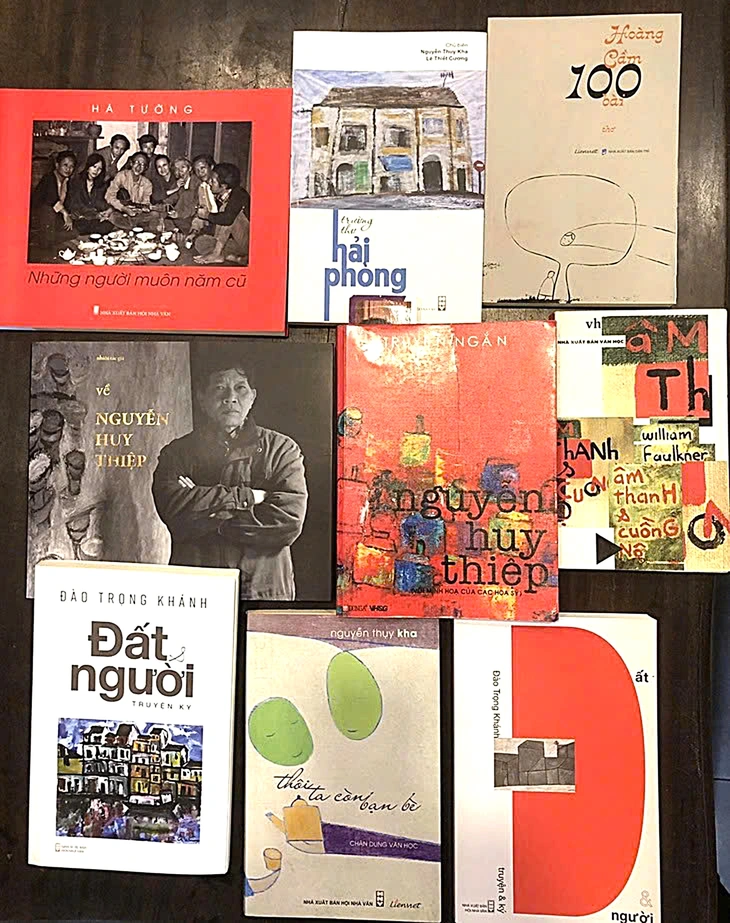
Some books Le Thiet Cuong made for friends and artists he respected - Photo: T.DIEU
Not only the paintings, statues, ceramic vases... the exhibitions he curated, the words he wrote for other artists, even the small articles he just collected in the book "Conversations with Painting" fully expressed Le Thiet Cuong's artistic qualities, professional qualities, and attitude towards his profession.
But in Pham Xuan Nguyen’s eyes, Le Thiet Cuong is also a man of culture. He is imbued with the culture of a Hanoi scholar and is full of literature. As a painter, journalist, writer, and researcher, Le Thiet Cuong has created his own unique voice.
Therefore, he is not only close to his brothers in the painting world but also has deep relationships with the literary world.
Because of his love for the literary talent of his predecessors and friends, Le Thiet Cuong wrote many books for masters such as Dang Dinh Hung, Hoang Cam, Le Dat, and later Dao Trong Khanh, Nguyen Huy Thiep, Nguyen Thuy Kha, Ha Tuong...
"Talking with him and reading his books, I think it has been a long time since I have had the Trang An culture and artistry of him. To me, Le Thiet Cuong is a junior, but in terms of cultural stature, Le Thiet Cuong is my elder brother," Mr. Nguyen said.
People love Le Thiet Cuong's paintings because of their deep love. And people love the artist because of the love he lives for.
Le Thiet Cuong is famous for being "bitchy" but he loves, respects, and supports young people, few young artists can compare.
What Le Thiet Cuong contributed to fine arts was not only his minimalist painting path, but also his care for young artists through the many exhibitions he helped organize for them, many introductory articles, and many warm artistic parties.
A lifetime of drawing and writing, all for/for beauty. Even clothes must be beautiful and radiant. When he left, Le Thiet Cuong was able to walk freely in the beautiful affection of family and friends everywhere. He deserved it.
Le Thiet Cuong has held 26 solo exhibitions at home and abroad since 1991 and many group exhibitions.
His works are in the collections of the Singapore Art Museum (SAM), the Royal de Mariemont Museum (Belgium) and the Vietnam Fine Arts Museum. He has also won two Good Design Awards (Japan).
Le Thiet Cuong also contributed a lot to culture through in-depth articles about traditional culture, Hanoi culture in newspapers, magazines, and printed books. Some published books: Le Thiet Cuong Thay (2017), Places to go and return - printed with Tran Tien Dung (2017), House and people (2024), Conversation with paintings (2025)...
Source: https://tuoitre.vn/le-thiet-cuong-thong-dong-ve-coi-dep-20250718074948948.htm








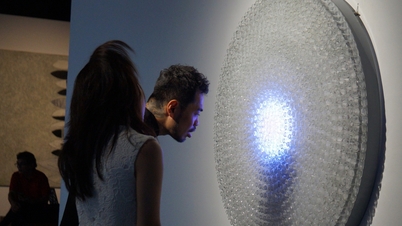


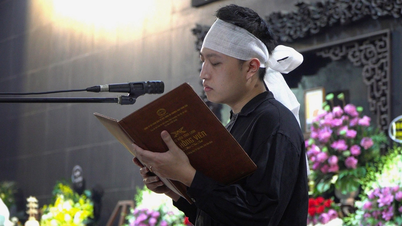
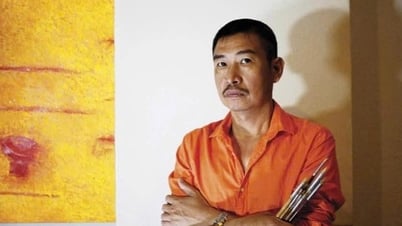

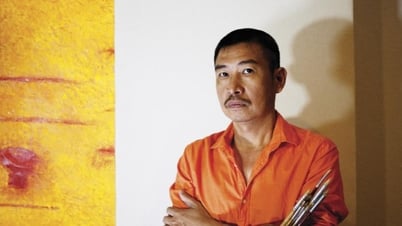

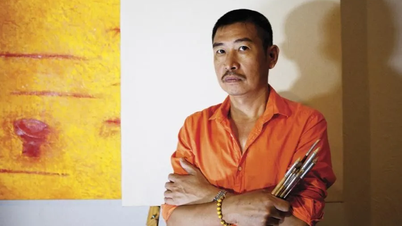



![[Video] 800m2 museum preserves the "memory bank" of the Vietnamese National Assembly](https://vphoto.vietnam.vn/thumb/402x226/vietnam/resource/IMAGE/2025/12/04/1764808349841_bao-tang-qh-1101-jpg.webp)





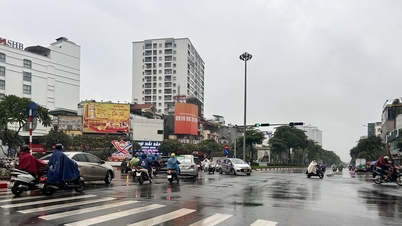
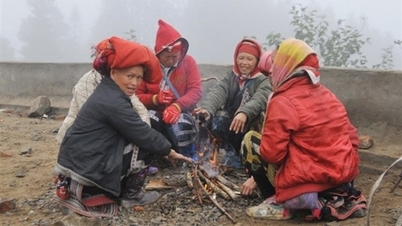







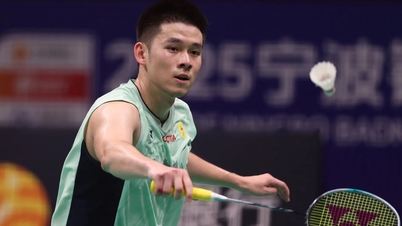



![[Photo] Parade to celebrate the 50th anniversary of Laos' National Day](/_next/image?url=https%3A%2F%2Fvphoto.vietnam.vn%2Fthumb%2F1200x675%2Fvietnam%2Fresource%2FIMAGE%2F2025%2F12%2F02%2F1764691918289_ndo_br_0-jpg.webp&w=3840&q=75)
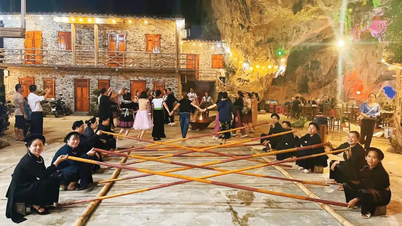



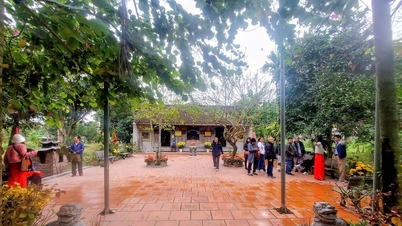











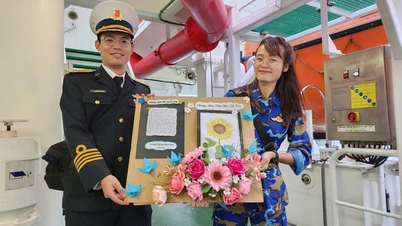

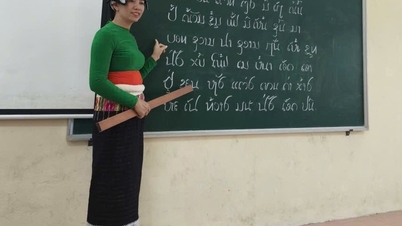


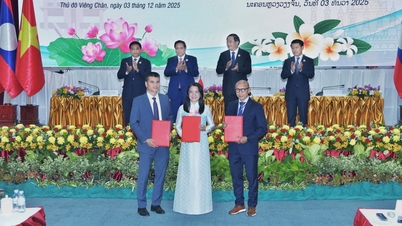













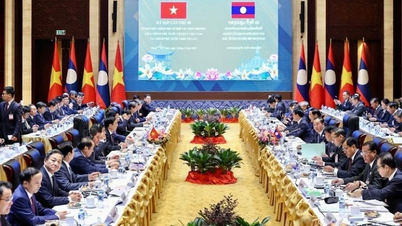


















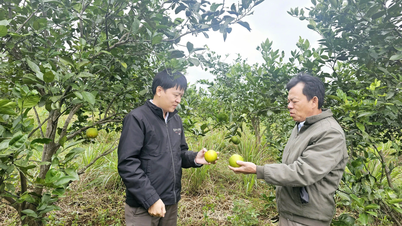

















Comment (0)